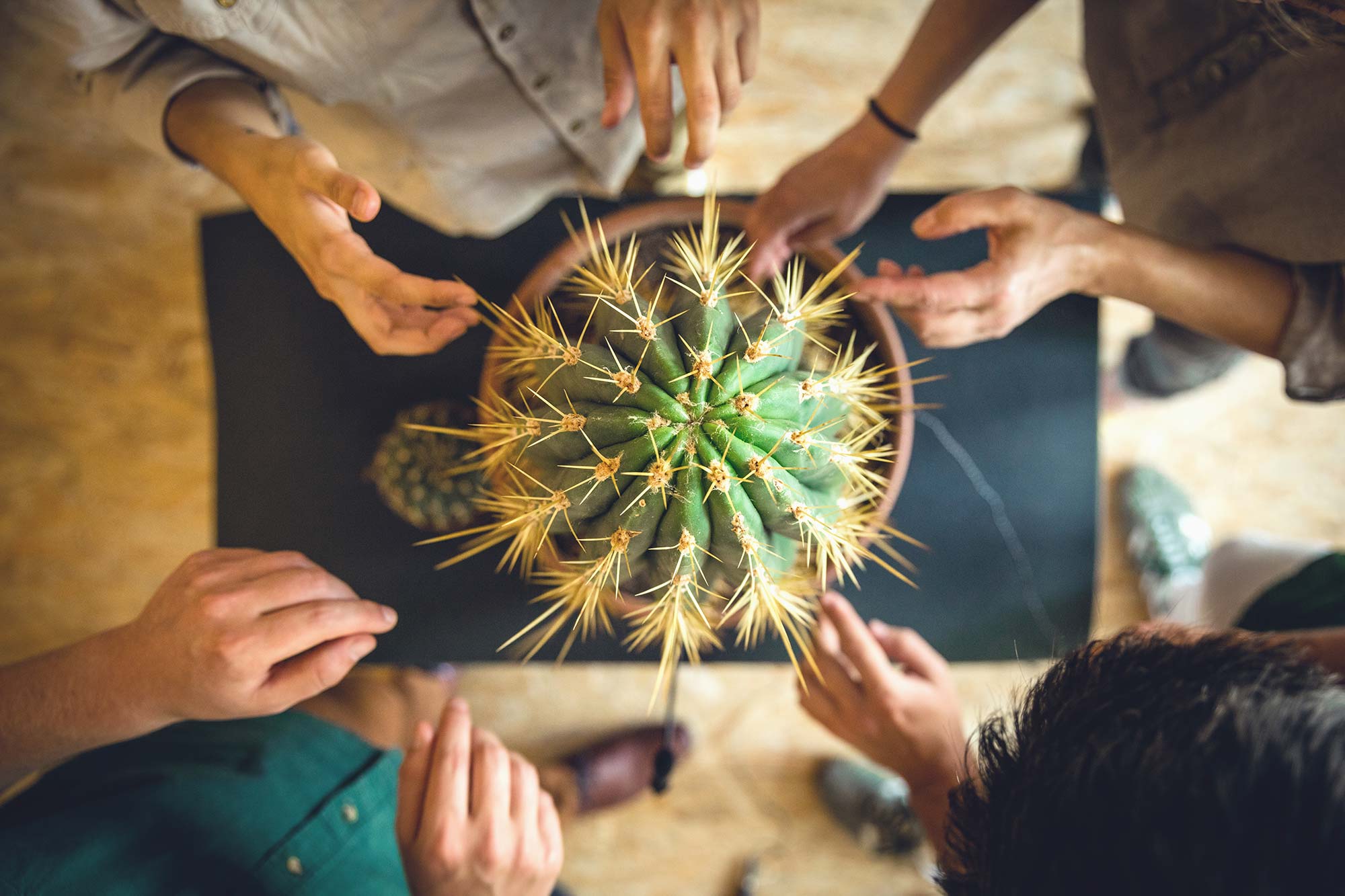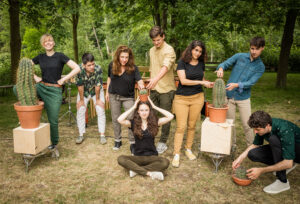
Hardly a more challenging and exciting combination of instruments can be imagined than the one of harpsichord and percussion, where the percussive properties of the harpsichord are emphasized, while at the same time its outspoken lyrical and musical possibilities are highlighted as a contrast to the percussion.
The Greek composer Iannis Xenakis has thoroughly examined this combination of properties and his duo works form the basis of this program. The title not only refers to the French origin of these compositions, but above all to the meeting of different cultures, nationalities and generations of performers, composers, and their pieces. Arnold Marinissen comments on this program musically as a contemporary composer and percussionist with a new composition. The performance of the program is in the hands of a duo of the most prominent performers of contemporary music of their generation – Tatiana Koleva, percussion and Goska Isphording, harpsichord. Both musicians complete the program with two compositions written by them.
Performers
TATIANA KOLEVA – percussion, GOŚKA ISPHORDING – harpsichord,
Ruben Kieftenbelt – sound design / live electronics

Not the easiest music, but what an otherworldly listening experience! De Volkskrant
“..Tatiana Koleva and Goska Isphording perform the compositions of lannisXenakis flawlessly. They play Xenakis’ works for harpsichord and percussion accurately and thoughtfully. In Oophaa (1989), Rebonds (1987) and Komboi (1981) everything revolves around pure tone and rhythm, human emotion is absent. In that light, Koleva’s and Isphording’s own compositions, which are also on the programme, form a welcome contrast:
they tell fragile, personal stories…”
Music:
Iannis Xenakis – Oophaa (1989) – remix
Gośka Isphording – Four days North, three days West for harpsichord solo (2022/23)
Iannis Xenakis – Rebonds (1987-89) – remix
Arnold Marinissen – Des bruits qui ne parlent pas (2023)
Tatiana Koleva – Icicles & Rays for overdubbed vibraphone and live electronics (2023)
Iannis Xenakis – Komboi (1981) – remix
Teaser
https://www.youtube.com/watch?v=Uf3l4P1DZs4




